They said I was risking it all—switching from a trusty random orbital to a dual action polisher for my latest automotive project—but the allure of a perfect finish was simply irresistible. As an automotive engineer obsessed with precision, I’ve spent years fine-tuning every detail of the vehicles I work on. You could say that choosing the right polisher can mean the difference between a shine that fades and a gleam that lingers. What makes the dual action polisher a game-changer, or is the random orbital still the champion in the race for excellence? Understanding the subtle—but critical—differences between these tools is essential for any enthusiast intent on performing top-tier automotive detailing.
What are Random Orbital and Dual Action Polishers?
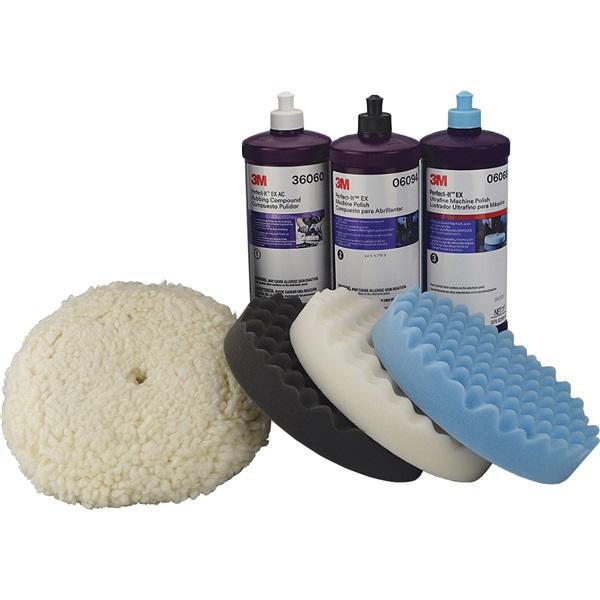
As a former Jeep engineer, I’ve spent countless hours working with all sorts of automotive tools, but it’s the polishers that have a special place in my toolkit. Did you know that the movement of a polisher can drastically affect the finish of your paint? This fascinating detail makes choosing between a random orbital and dual action polisher crucial for anyone invested in automotive detailing.
Random orbital polishers are engineered to move in a random pattern, mimicking the natural hand-polishing motion. This randomness helps prevent heat build-up, minimizing the risk of damaging the paint. They excel in delivering a smooth, swirl-free finish, making them an excellent choice for novices eager to refine their car’s shine without worrying about burn-through.
Dual action polishers, often referred to as DA polishers, offer versatility by combining two distinct movements: rotating and orbiting. While they share the random motion feature with their counterparts, dual action polishers provide more correction power, effectively tackling more challenging imperfections. This enhanced performance caters to those who seek a deeper touch-up but demand safety as a priority. It’s this unique blend of power and safety that made a difference throughout my engineering career, enabling me to achieve impeccable finishes.
Understanding these nuances not only empowers you to make informed decisions but also transforms your detailing experience, turning it into a rewarding craftsmanship journey.
Why Choose One Over the Other?
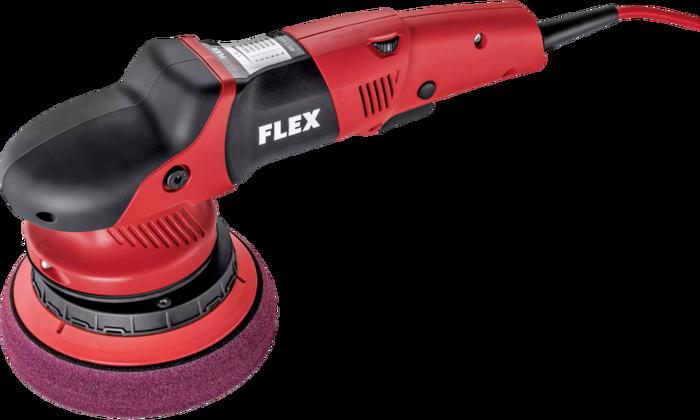
When it comes to automotive detailing, the choice between a random orbital and a dual action polisher is not merely a matter of preference—it’s about matching the right tool to the task at hand. Trust me, having spent countless hours fine-tuning my approach, I’ve learned that the stakes are higher than they seem. Consider this: What is the one mistake that could lead you to choose the wrong polisher for your project? It’s simple—overlooking the unique demands of your detailing work.
Diving into the technical aspects, a random orbital polisher vibrates in two directions, which provides a consistent finish without the risk of swirling. This aspect makes it ideal for beginners who may not have mastered the meticulous art of pressure control. I remember my own early detailing days, where avoiding burn marks felt like a leap into safer territories. In contrast, a dual action polisher offers more power and precision, holding a firm place in the toolkit of seasoned professionals who crave efficiency and supreme control.
The choice boils down to assessing your skill level and the specific needs of your project. In those moments of comparison, I remind myself that each polisher has its own place in my detailing arsenal, crafted precisely to meet distinct demands. So, when you’re deciding which tool to harness for your next automotive detailing adventure, know that the choice isn’t just about specs—it’s about aligning the polisher with your vision and expertise.
Where to Use Random Orbital and Dual Action Polishers?
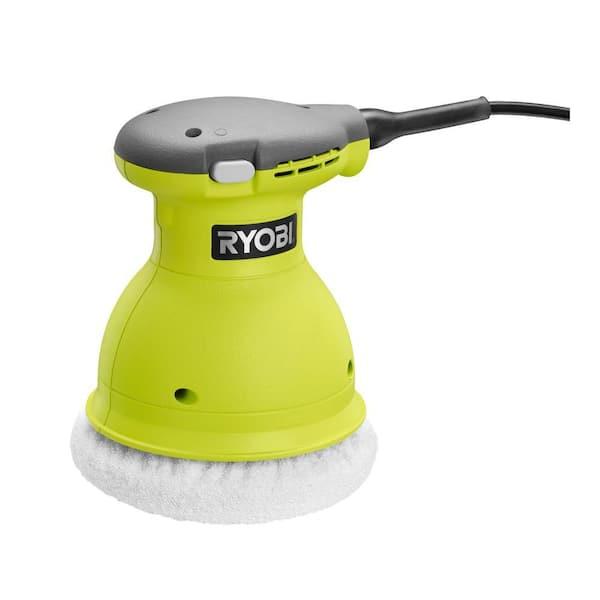
Have you ever wondered why some detailing experts swear by one type of polisher over another in specific conditions? This curiosity sparked my journey through the world of automotive detailing. In my experience, understanding where to employ random orbital and dual action polishers is essential for achieving that perfect finish.
Random orbital polishers are my go-to when I’m working on a vehicle with delicate paint or when I want to ensure there’s minimal risk of damage. The gentle, swirling motion of these polishers makes them ideal for removing light surface imperfections and applying wax or sealant. They excel in environments where caution is key, particularly with softer paints or older vehicles where the paint integrity might be compromised.
In contrast, when I need to tackle more challenging tasks—like eliminating deep scratches or heavy oxidation—dual action polishers shine. Their powerful oscillating motion allows for deeper correction, making them indispensable in a garage setting where efficiency and effectiveness are paramount. These polishers are perfect when working on newer paint jobs that require more aggressive attention to achieve that showroom shine.
By harnessing the strengths of each type of polisher, I’ve been able to tailor my approach to match the unique needs of every detailing project. This nuanced understanding doesn’t just come from textbooks or online guides but rather from countless hours spent in the garage, learning which tool fits best in diverse scenarios.
When to Use Each Type of Polisher?
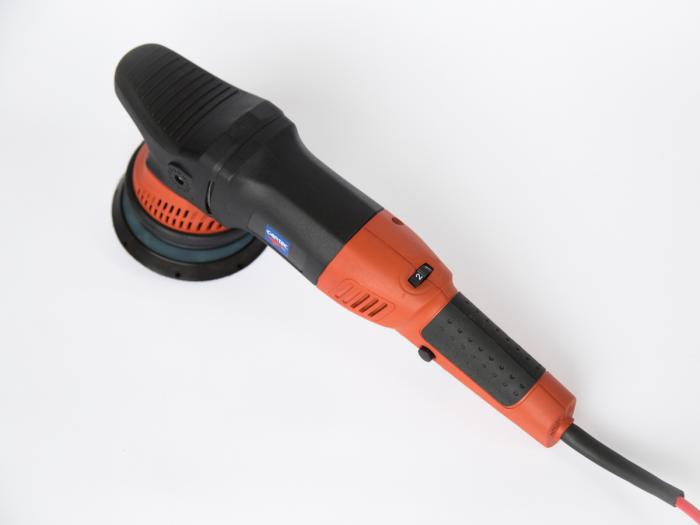
Can the timing of your polishing choices really make or break your detailing success? Absolutely, it can. In all my years of off-road vehicle engineering and automotive detailing, understanding when to use each polisher has been crucial. Imagine you’re standing before an off-road beast freshly returned from a dust-laden adventure. Its paint coat cries out for revival, but choosing the right polisher at the right time is the key to success.
Random orbital polishers offer a gentle touch, perfect for those moments when you need to maintain a well-loved finish. Their low risk of paint burns makes them ideal for beginners tackling minor imperfections or everyday maintenance. On the other hand, the situation changes with a heavily marred surface. That’s where the dual action polisher shines, providing the power and finesse required to breathe new life into damaged paintwork.
My experience has taught me that dual action polishers work best when tackling serious blemishes or working on older vehicles with thicker paint. Used at the right moment, they transform rough surfaces into smooth, polished perfection. Timing truly is everything in detailing, and by understanding the unique nuances of each polisher, we not only protect but also enhance the vehicles we cherish. This balance between timing and tool choice forms the foundation of any successful detailing job.
How to Use Random Orbital and Dual Action Polishers Effectively?
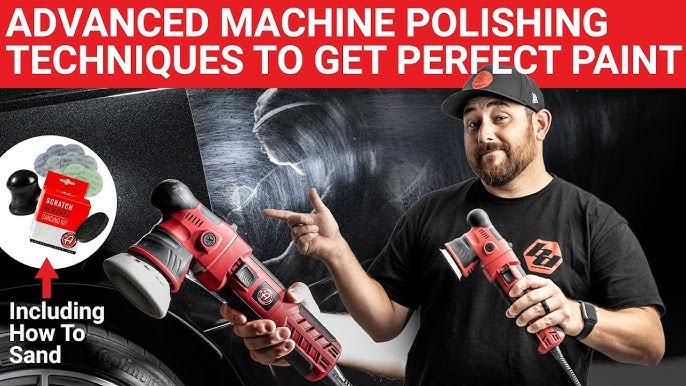
What if a simple technique could elevate your vehicle’s shine to showroom quality? This intriguing thought often marks the beginning of my journey into polishing. No longer just a casual buffing enthusiast, I’ve become something of a skilled craftsman, thanks to my twin companions: the random orbital and dual action polishers.
Understanding how to use these tools effectively transforms mere polishers into precision instruments. With the random orbital polisher, the key lies in its unique motion—a swirling path combined with spinning. This mechanism ensures that heat is evenly distributed, significantly reducing the risk of burning the paint. I always start by ensuring the pad is clean, moistening it slightly to avoid dryness. Maintaining consistent pressure is crucial; too little and the polish won’t spread properly, too much and you might damage the surface.
The dual action polisher, on the other hand, combines rotation with an oscillating motion, enabling more aggressive defect removal while mimicking the finesse of hand application. When I tackle deeper scratches, this tool is my go-to. I adjust the speed depending on the severity of the imperfections and apply a cross-hatch technique to ensure thorough coverage without overworking a single area.
Both polishers bring something unique to the detailing table. With a practiced hand and these insights, achieving a flawless finish is not just a possibility—it’s a promise. Through numerous detailing escapades, I’ve learned that mastering these techniques not only maximizes effectiveness but also turns polishing into an art form.
FAQs
What is the difference between a Random Orbital and a Dual Action polisher?
Which is better for beginners: Random Orbital or Dual Action?
Can a Dual Action polisher remove deep scratches?
Is it safe to use a Random Orbital polisher on all types of car paint?
Conclusion
Is your choice of polisher the secret to achieving that elusive perfect finish? As someone who’s spent years immersed in automotive engineering and detailing, I can attest that understanding random orbital vs dual action polishers is crucial. The insights shared throughout this article have made clear that each polisher has its unique benefits. A random orbital is gentle on your paint and ideal for beginners, while a DA polisher offers greater efficiency with improved control, favored by seasoned professionals looking to tackle more extensive details.
The key takeaway is that selecting the right tool depends on your specific detailing needs and skill level. Now, armed with this knowledge, applying the right polisher at the optimum time and place can truly enhance your vehicle’s appearance.
With these insights, I encourage you to carefully consider where and when each type should be used to maximize results and bring out the full potential of your automotive detailing craft.